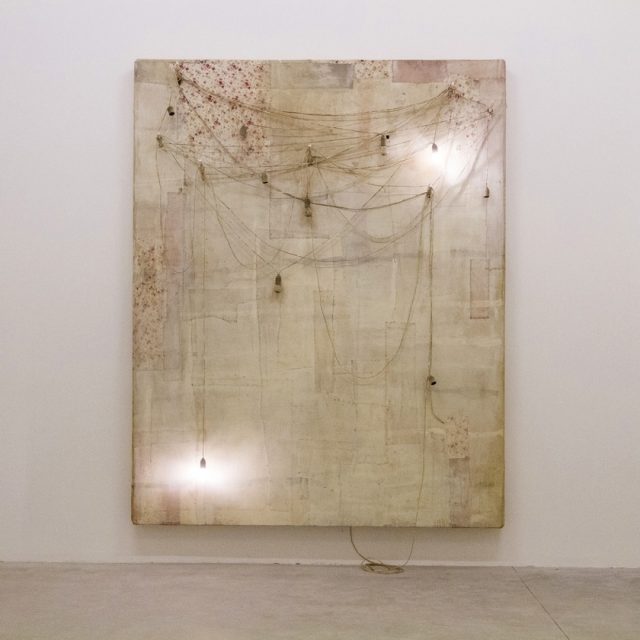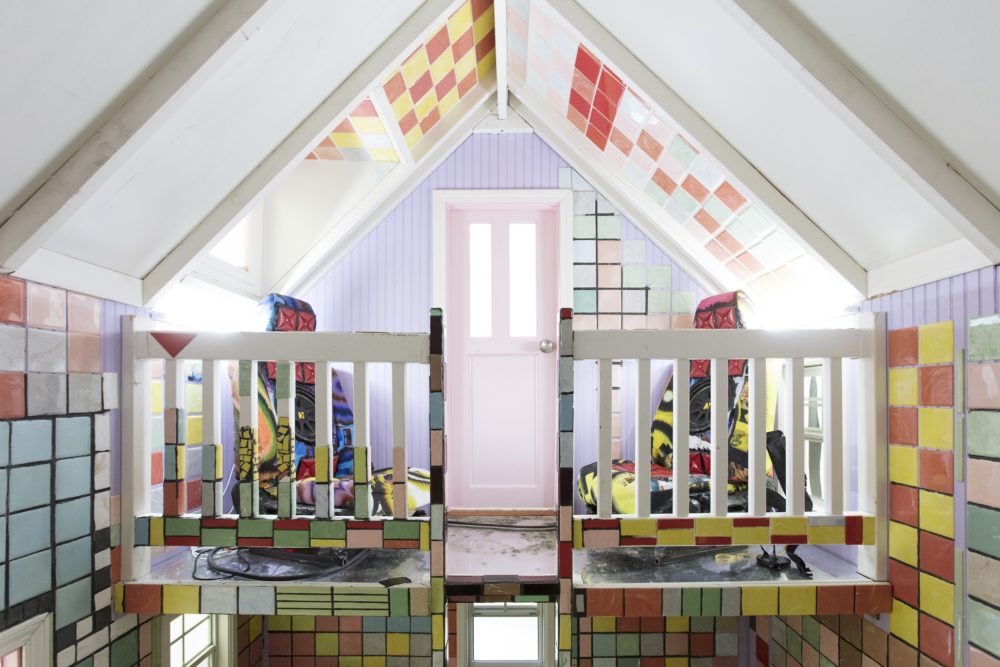A sideways view, the search for potential error as a source of knowledge, the attention shown to secondary things and to forms of disturbance in the processes of perception and communication, interference between different codes are all constant features of the work of AFTERALL. The artistic duo consists of the sister and brother team Silvia Viola and Enzo Esposito (Naples, 1975; 1977) and was officially founded in 2008.
Right from their very first projects, AFTERALL decided to work on changes of perspective, shifts in the space-time continuum and visual and conceptual “glitches” capable of altering the perception of things that are already given and known. The fragility of memory, its deceptiveness and alterations lie at the centre of their works, which make use of different materials and forms of expression such as videos, installations, photography and performance. In particular, the use of carbon paper becomes the ideal support in many of their projects for highlighting the unintentional inexactitudes in the transmission of data, information and memories which can question, through their imperfection, what is believed to be certain and, at the same time, can give rise to new potential meanings.
The work Just One Damn Thing After The Other_06, in collection at Madre in the context of Per_forming a collection. For an art archive in Campania, is part of the project of the same title presented at the Galleria Dino Morra in Naples in 2016 and revolves around the reflection on the “Document/Monument” dichotomy which embodies the transitory nature of historical truth. By carefully analysing materials and archive documents, AFTERALL focus on the Monumento ai Caduti del mare (“Monument to Those Who Died at Sea”), located on the seafront in via Caracciolo and known by Neapolitans as the “Broken Column”. Originally designed as a monument to Admiral Francesco Caracciolo, only a sketch was made using a portrait of the official’s brother, since there were no images of the man himself; however, the bust was never completed and the base was eventually used to support a heavy marble column whose historical origins veer between truth and mystification.
By exploring the history of the monument, its physical encumbrance and its elusive symbolic significance, AFTERALL have created a rough wooden structure that respects its original dimensions, ideally imprisoned within a cage and rotating from the vertical to the horizontal dimension. The creation of the “negative” of the column which, with its void, undermines the solidity and stability usually associated with the very notion of a monument, is accompanied by the presentation of fragments of archive material, the indicator of a research which, beginning from the subject-matrix of the column, extends to the history of Naples and its topography, drawing on original printed images and materials from the period. By being photographed and reprinted, these documents become details set in glass and mounted together, the traces of a discontinuous and incomplete account in order to underline the gaps and imperfections of so-called “official history”, displaying its many-sided nature, its existence as a constellation of micro-narratives, some of which still require deciphering.
[Alessandra Troncone]


